The humble flat-bottomed country boats afloat on Hong Kong’s waters are playing host to promotional events and heritage tours, noodle lunch included. Faye Bradley reports on the sampan’s second coming.
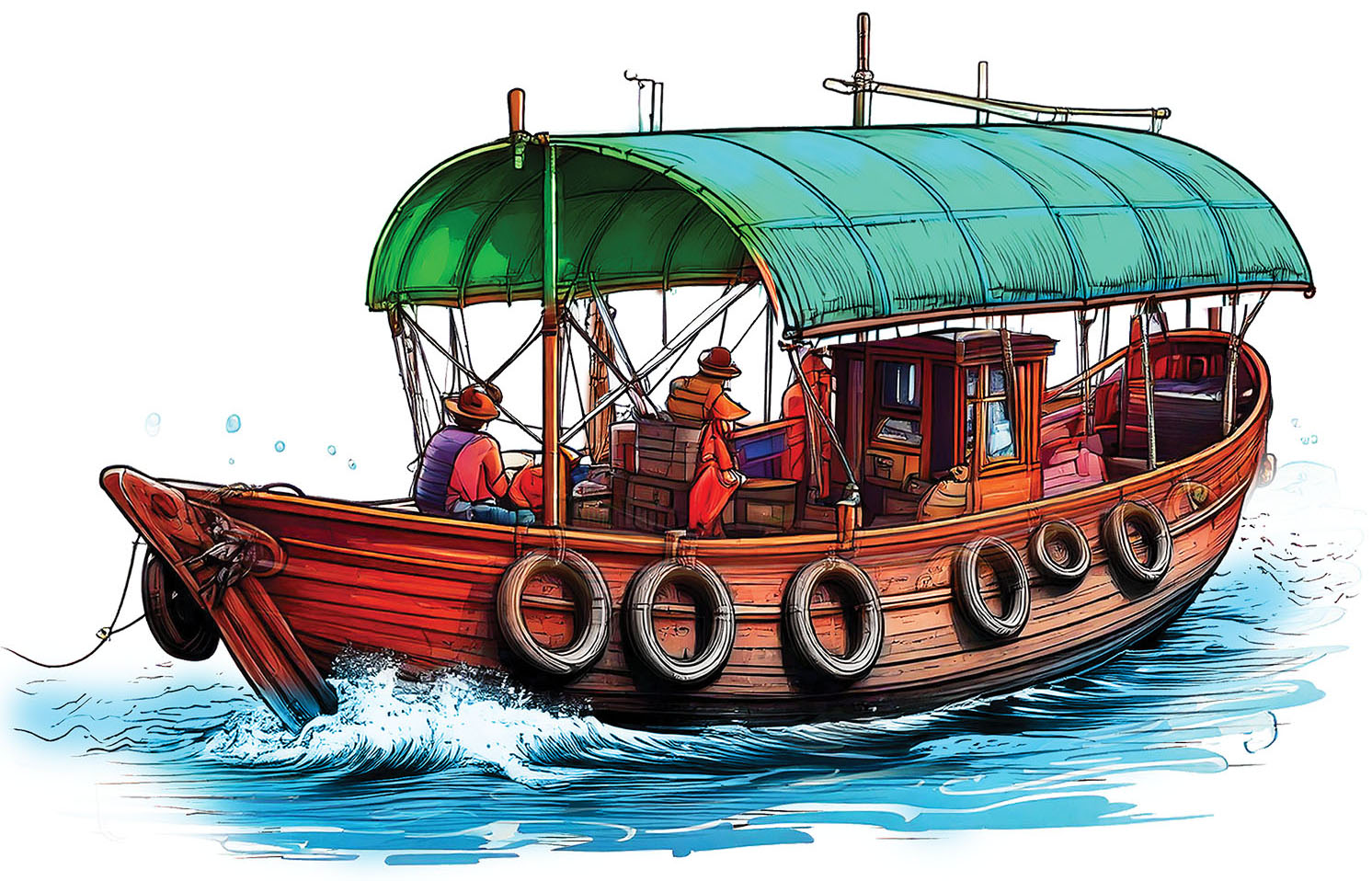
This past summer, cookbook author Simran Savlani was looking for an innovative way to promote her handmade condiments brand — A Spark of Madness. That’s when she hit upon the idea of hosting the promotional events on a sampan — small, flat-bottomed wooden country boat used for fishing or short trips across the watery expanses surrounding Hong Kong.
Sampans, and particularly the on-board restaurants, are mostly run by women, or “sampan aunties”, as they are fondly called. Many of them are descendants of the Tanka people — a Sinicized ethnic group whose members have resided in South China, including Hong Kong, for generations together. Savlani decided to approach the sampan aunties for help with hosting her event.
READ MORE: Slowing down is cool
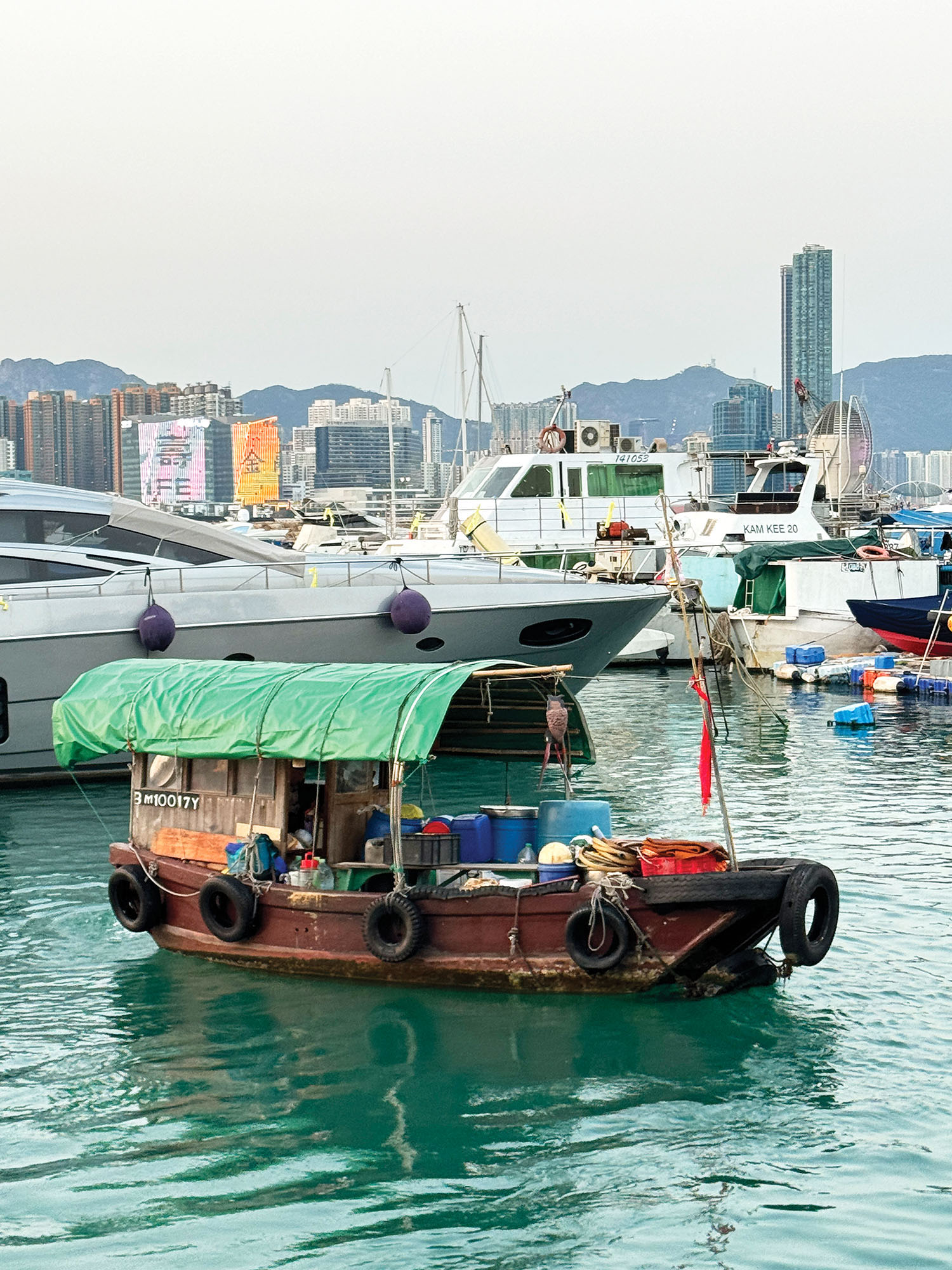
It took her a while to convince the aunties about going all-vegetarian for the event. The suggestion was met with outright rejection, as the aunties had never served vegetarian food to their guests before. But Savlani was persistent. At one point the aunties told her, via the translator app they used to communicate with each other, “Stop insulting us; we are a seafood restaurant.” Then, just as Savlani was ready to give up, one night, at 2 am, the aunties got back to her with a revised menu.
Called “Sparked on a Sampan”, the eight dinners they hosted, with 45 to 50 guests attending each, was a sellout. Savlani served an eight-course Cantonese vegetarian meal, with wines and a selection of Spark sauces. The aunties had worked out a vegetarian version of an out-and-out seafood-based menu. For example, the crab in the typhoon shelter crab dish was substituted with eggplant and paired with noodles tossed in soy sauce.
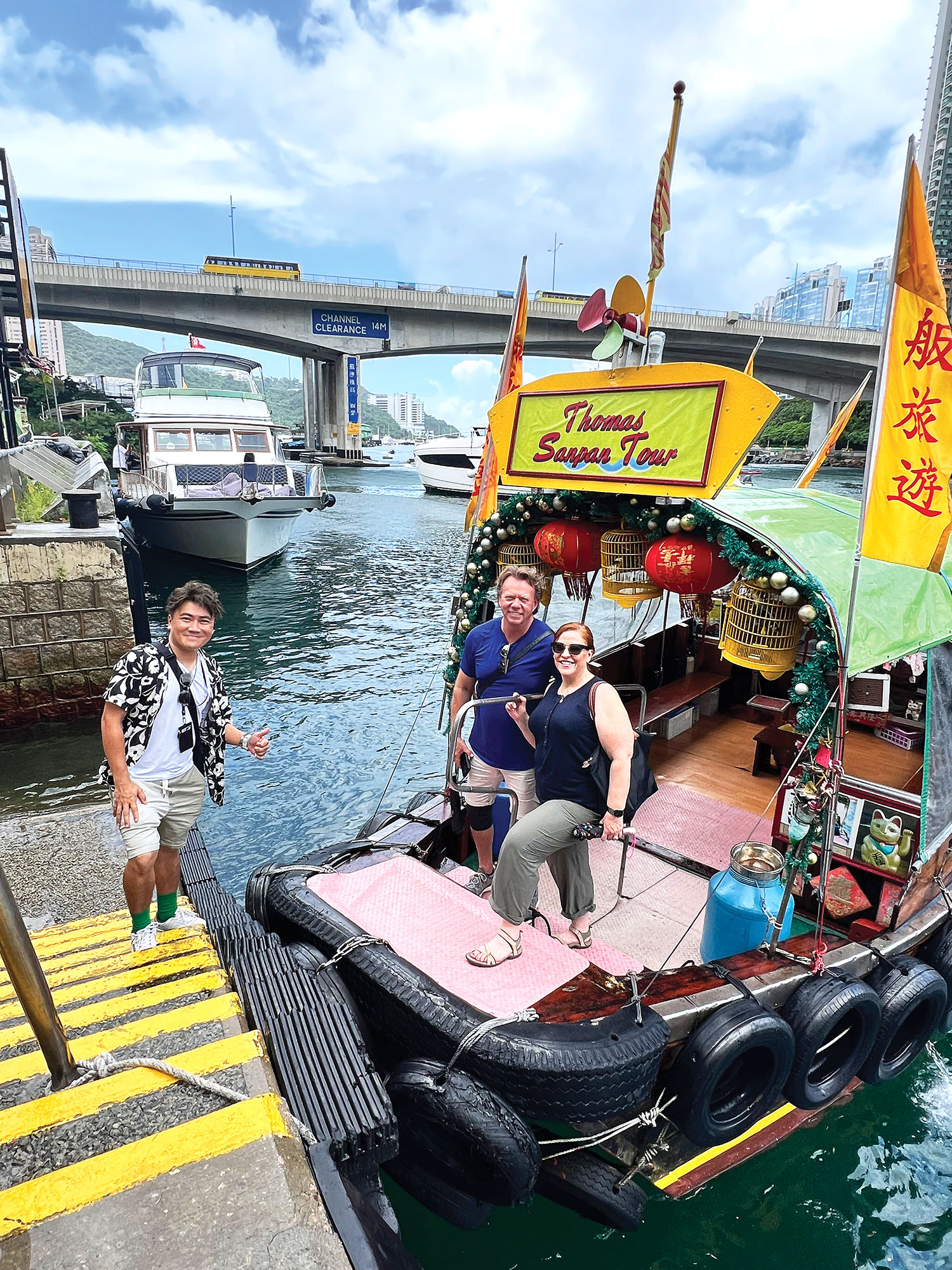
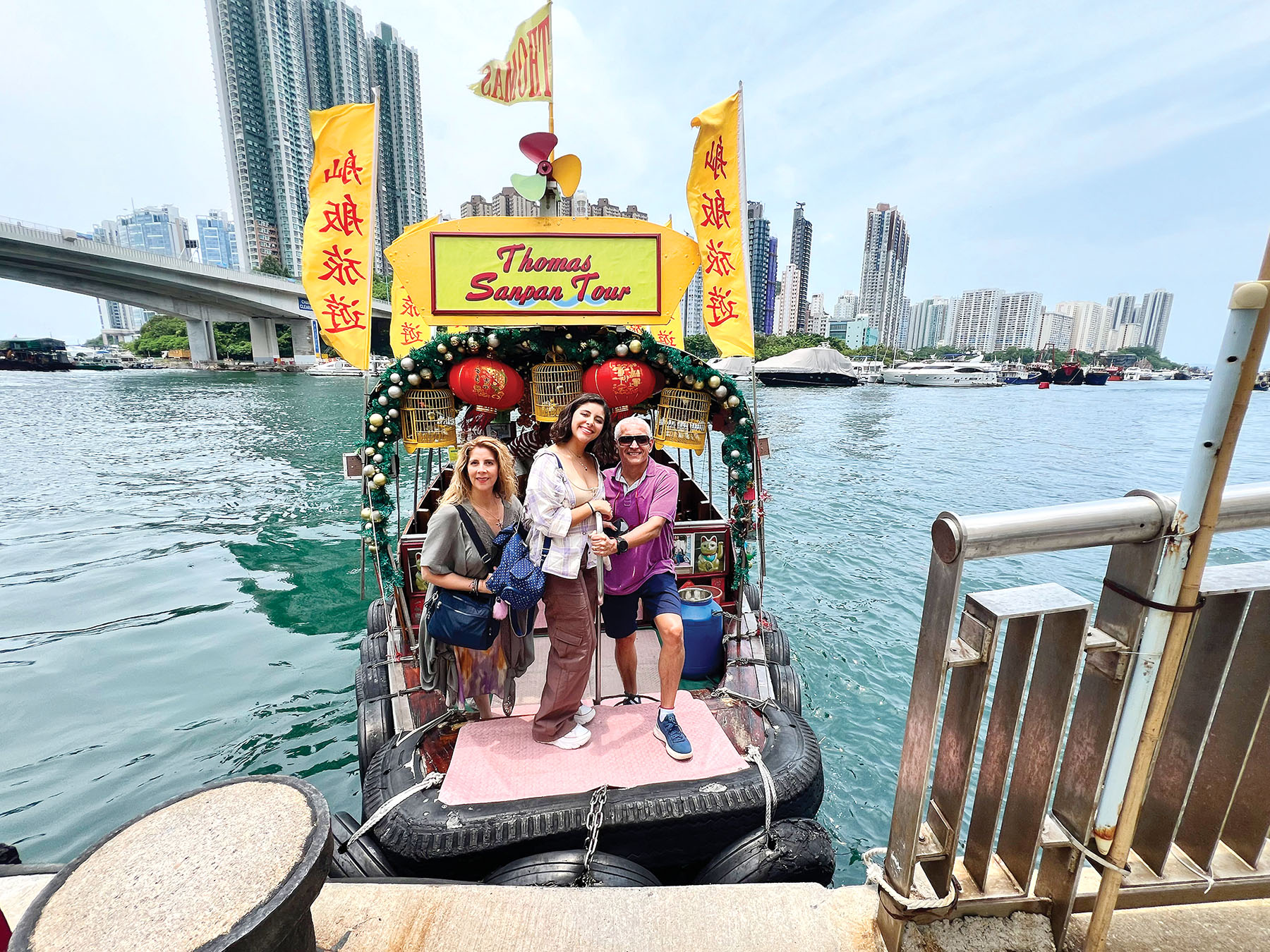
Diminishing returns
The sampan used to be a popular mode of water transport in ’50s Hong Kong. Hundreds of thousands of these boats sailed in and out of Aberdeen Harbour — which was more like a floating village and a home to a large section of the city’s Tanka community.
Lisa Lim, associate professor at the School of Education at Curtin University in Perth, says that the Tanka people in charge of Hong Kong’s sampans have been around “since prehistoric times, traditionally managing the commerce of the seas, and living in small colonies of boats in Aberdeen, Tai O and later in the city’s typhoon shelters”.
“About 200,000 Tanka boats were anchored in Hong Kong in the mid-20th century,” Lim adds.
As the number of sampans moored on Hong Kong’s waterfront keeps shrinking, the obvious way of preserving and promoting such heritage seems to be to invite tourists to take rides on them. Lim says, “Hong Kong has already made some headway” in that direction, by offering “sampan tours to fishing villages and traditional houseboats”.
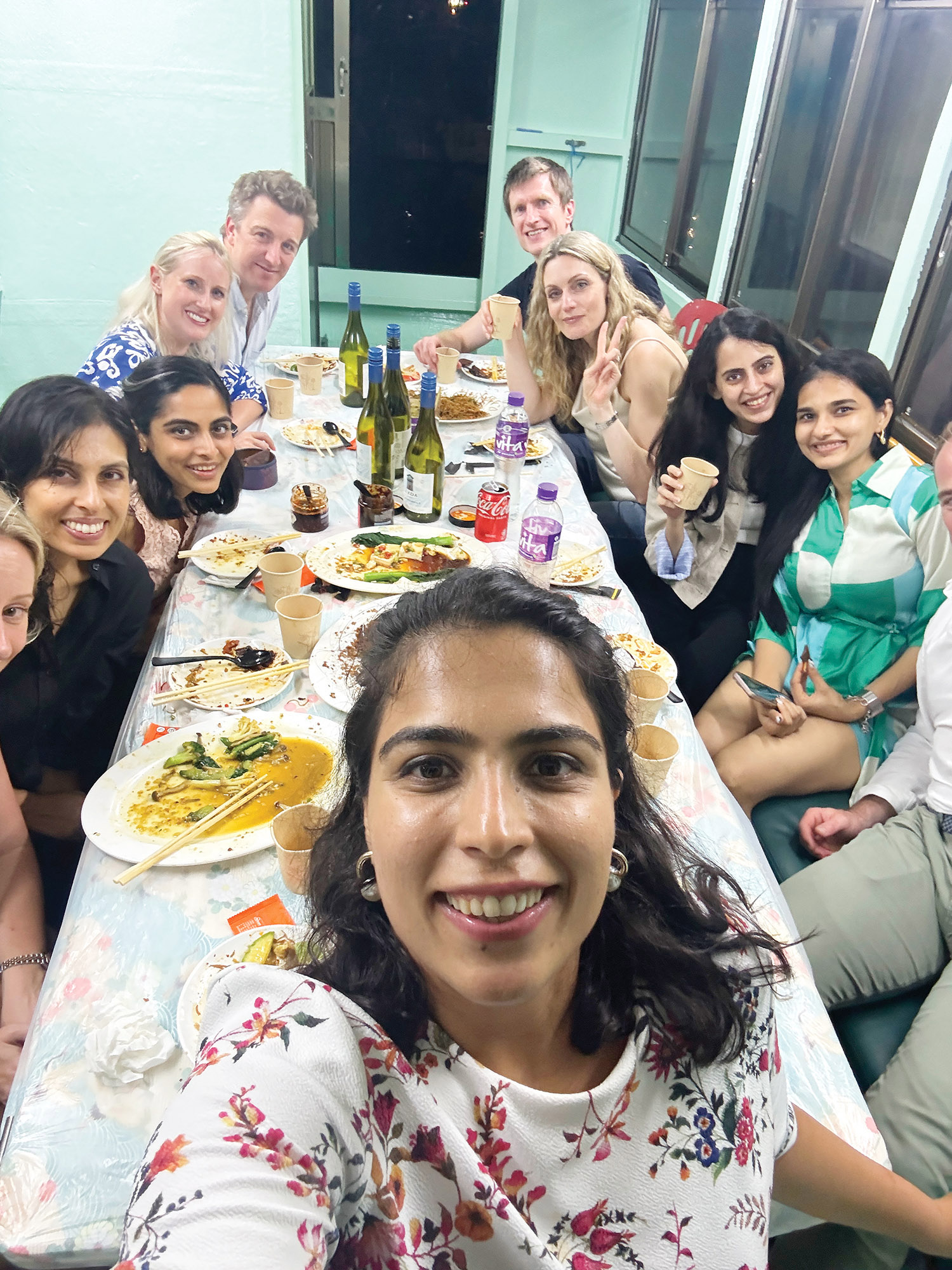
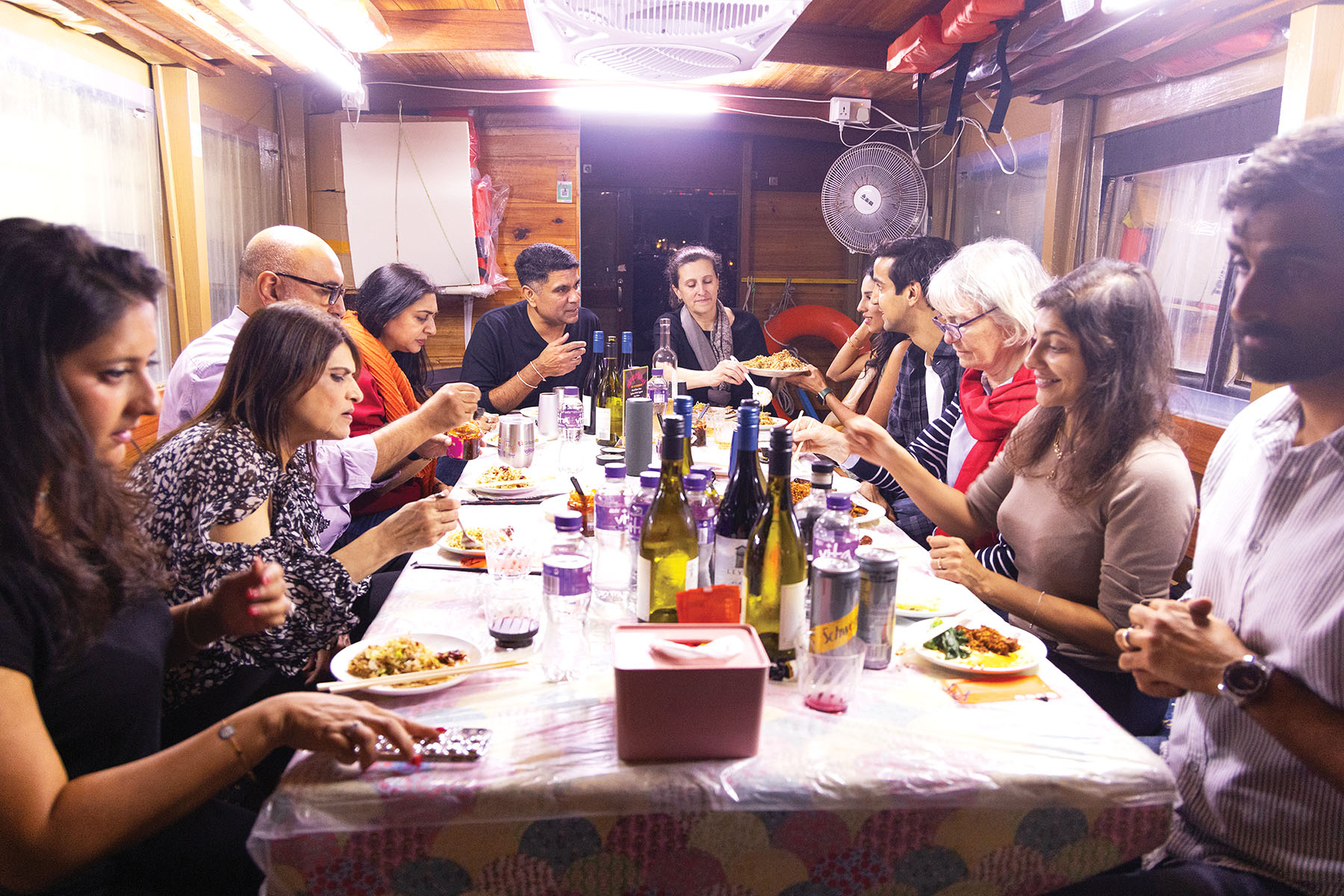
A culinary journey
Evidently, sampan food is the new favorite of Hong Kong’s gastronomes and heritage lovers. YouTubers like Sam Evans of the Hong Kong ’Hoods channel have raved about the boat noodles sampled at Lau Kee Sampan Noodles in Aberdeen.
A number of foodies have signed up for the “Eat Typhoon Shelter Crab on a Sampan Fishing Boat” experience offered by Humid with a Chance of Fishballs. Virginia Chan, the tourism company’s founder-owner, says that the tour is a perfect vehicle for getting to find out about old Hong Kong, including the lifestyles of its boat people, and how the city’s love of fish and seafood is tied to its history as a fishing hub. Riding a water taxi on their way to a sampan, guests “pass the now-defunct floating Tin Hau temple, offering a glimpse into the past, when the Causeway Bay Typhoon Shelter used to be filled with moored sampans. Nowadays it’s mostly yachts,” Chan says.
She mentions that in the old days, shopping around for sampan food was a somewhat different experience. Each sampan offered a specific food item — be it noodles, seafood or drinks. Humid with a Chance of Fishballs tour guides ensure that their guests understand these historical differences.
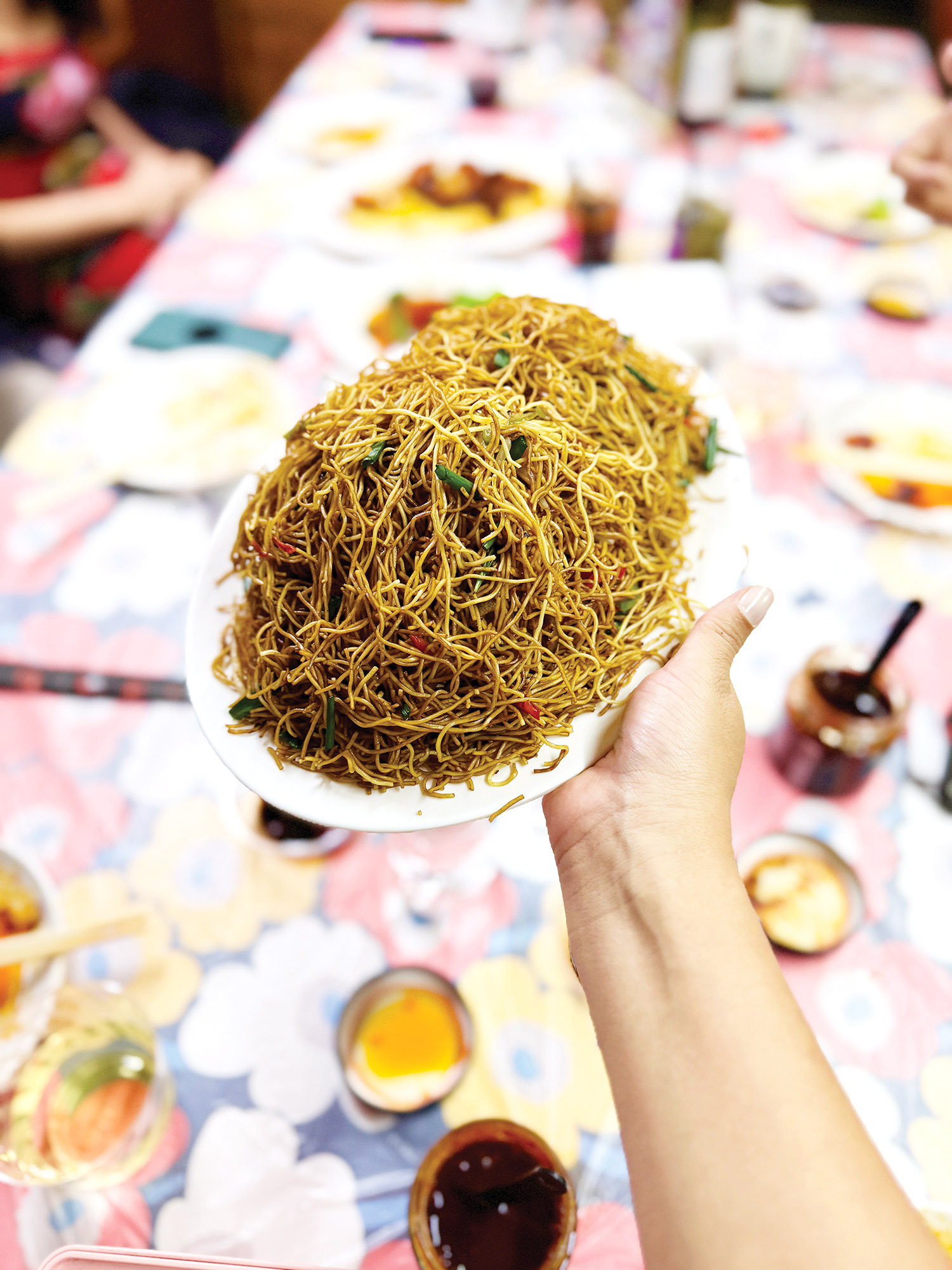
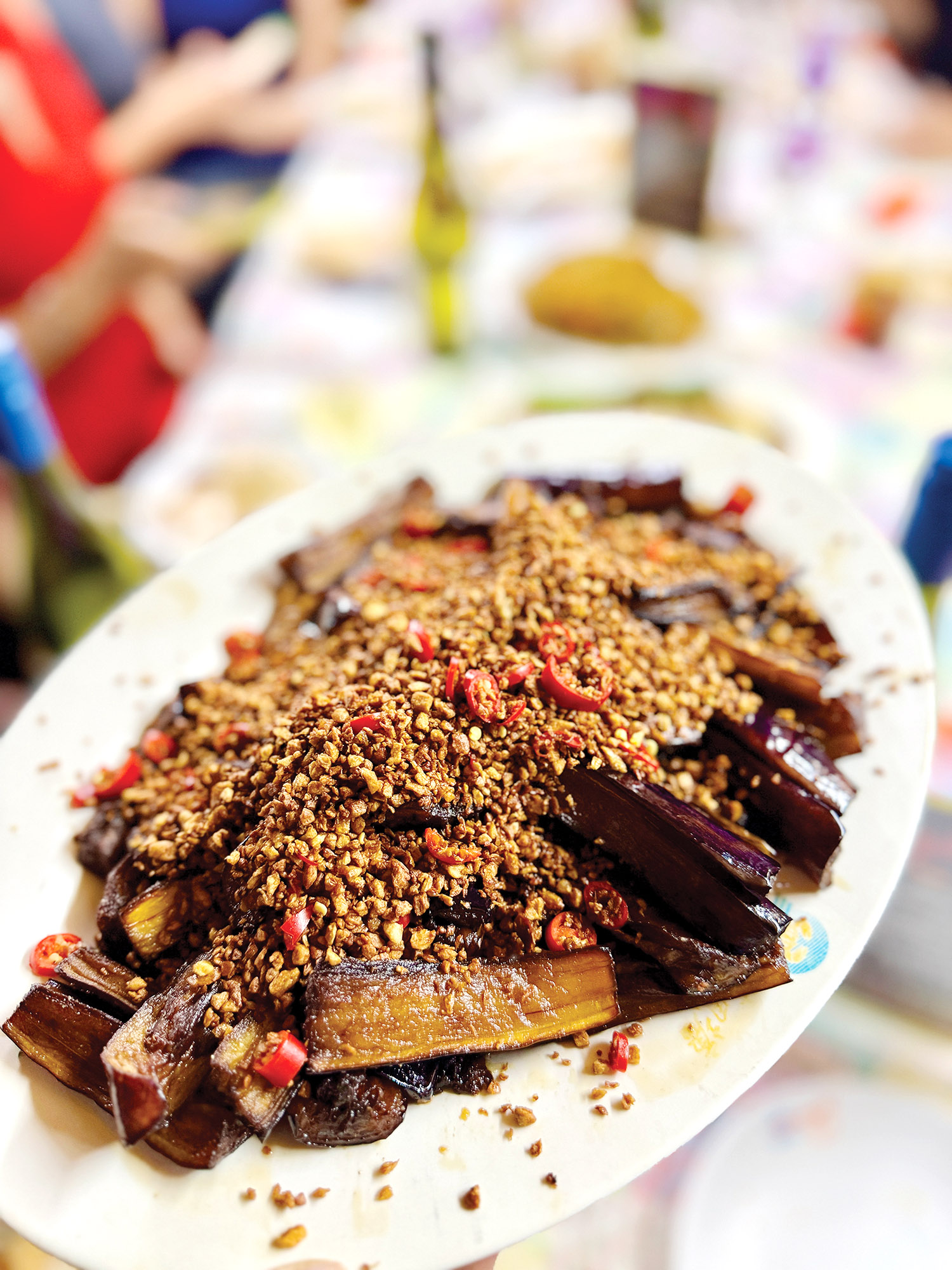
Chan points out that the recipes have evolved as well. For instance, what passes for typhoon shelter crab nowadays is a preparation with fried garlic, whereas the traditional variety was cooked in black bean sauce.
Sampan tours are also available without a dining element. Freelance tour guide Kiyo Fung is keen to ensure that the sampan rides led by him “not only offer scenic views but also a deeper understanding of the history of Hong Kong’s fishing community, besides close-up views of traditional houseboats, modern boat houses, the Aberdeen Fish Market, and the currently idle Tai Pak Floating Restaurant, among other special attractions”.
“As Hong Kong’s history is closely linked to its fishing culture, taking a sampan tour around the typhoon shelter while listening to the guide’s narration helps tourists to better appreciate where Hong Kong’s roots lie as well as see a side of the city that’s different from its modern, bustling urban areas,” Fung says.
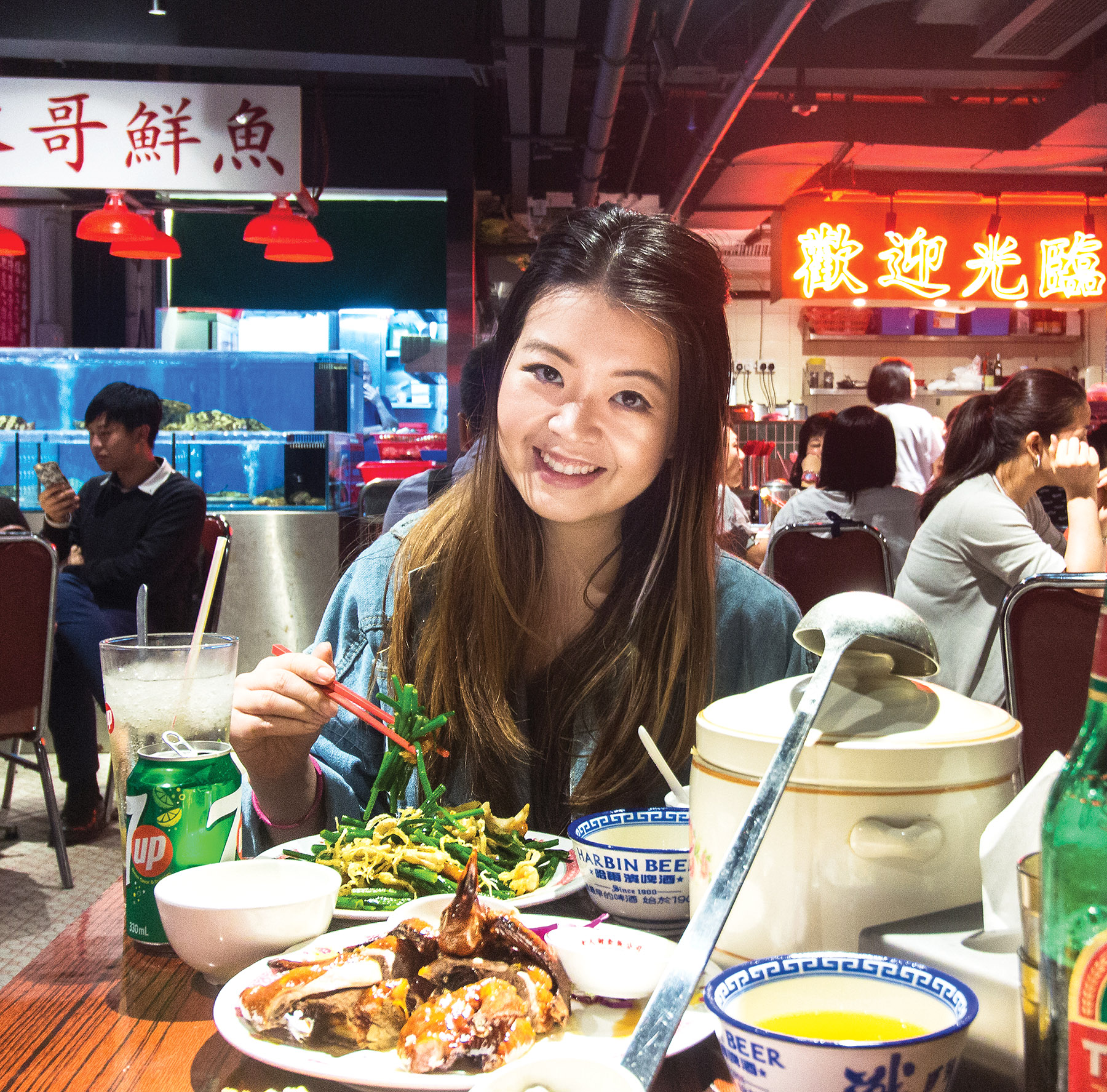
Protecting a local heritage
Savlani’s sampan-dinner series was a winner on several counts. The initially reluctant sampan aunties took good care of the guests, making sure that they boarded and disembarked from the boat safely. Also they kept plying the guests with a never-ending supply of food and drinks throughout the event.
Part of the profits from the “Sparked on a Sampan” dining series was spent on much-needed renovation of the fishing boats. Also the aunties have since begun offering vegetarian dishes to customers.
Lavina Ahuja, an art historian who attended one of Savlani’s dinners, says, “My most favorite part was the overall concept and knowing that we were supporting a local heritage that is possibly dying.”
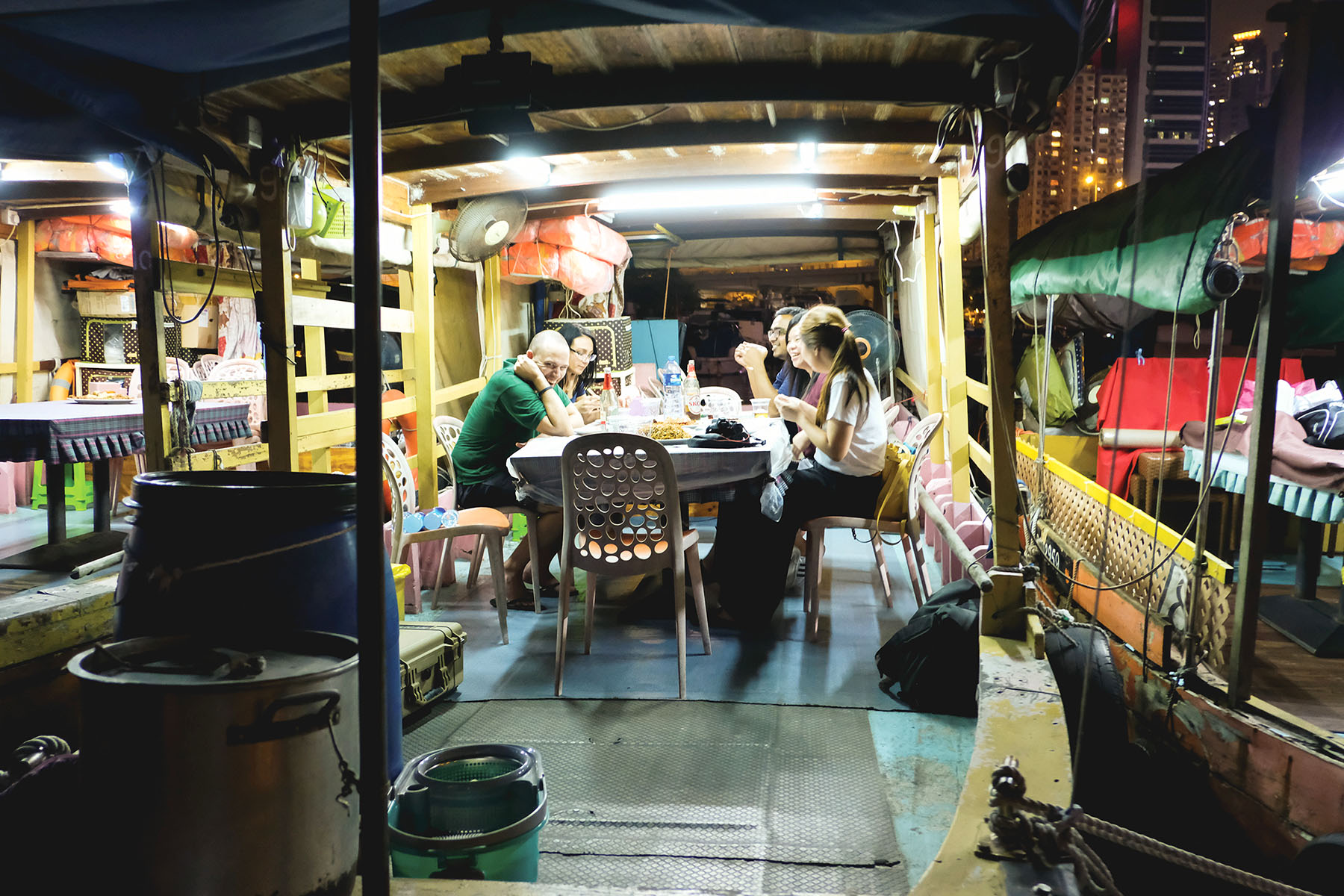
Tarana Somani, founder of the brand The Crockery Hut, was especially delighted with the experience, being a vegetarian. “Getting to experience a fully vegetarian dinner on a boat is definitely unheard of in Hong Kong,” she says.
ALSO READ: Finding creative solutions
Chan, of Humid with a Chance of Fishballs, says customers have called her tours “very Anthony Bourdain” in their ability to re-create a taste of the authentic flavors of a sampan meal.
She adds that the sampan restaurant she collaborates with for the tours is the last of its kind — which probably explains the popularity of her tour. “We need to support them as without customers they risk closing down.”


